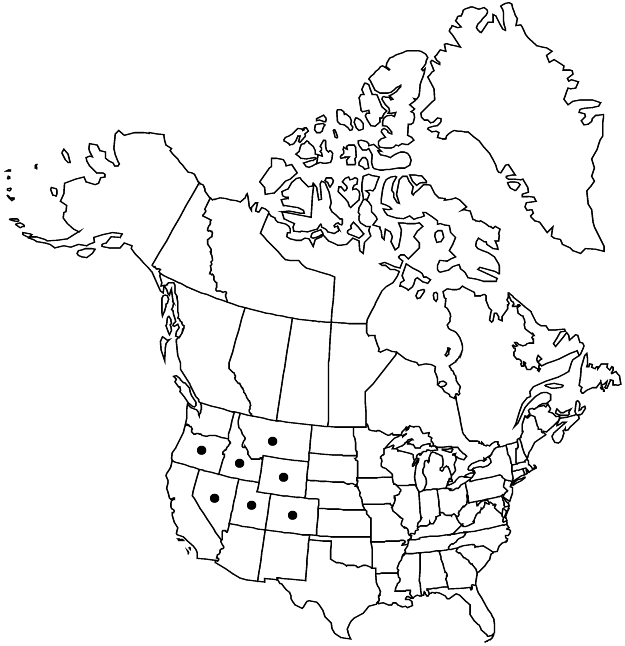Difference between revisions of "Eriogonum umbellatum var. aureum"
Taxon 17: 532. 1968.
FNA>Volume Importer |
FNA>Volume Importer |
||
| Line 11: | Line 11: | ||
|name=Eriogonum glaberrimum var. aureum | |name=Eriogonum glaberrimum var. aureum | ||
|authority=Gandoger | |authority=Gandoger | ||
| + | |rank=variety | ||
|publication_title=Bull. Soc. Roy. Bot. Belgique | |publication_title=Bull. Soc. Roy. Bot. Belgique | ||
|publication_place=42: 195. 1906 | |publication_place=42: 195. 1906 | ||
| Line 17: | Line 18: | ||
|name=Eriogonum neglectum | |name=Eriogonum neglectum | ||
|authority=Greene | |authority=Greene | ||
| + | |rank=species | ||
}} {{Treatment/ID/Synonym | }} {{Treatment/ID/Synonym | ||
|name=Eriogonum umbellatum var. glabrum | |name=Eriogonum umbellatum var. glabrum | ||
|authority=S. Stokes | |authority=S. Stokes | ||
| + | |rank=variety | ||
}} {{Treatment/ID/Synonym | }} {{Treatment/ID/Synonym | ||
|name=Eriogonum umbellatum var. intectum | |name=Eriogonum umbellatum var. intectum | ||
|authority=A. Nelson | |authority=A. Nelson | ||
| + | |rank=variety | ||
}} {{Treatment/ID/Synonym | }} {{Treatment/ID/Synonym | ||
|name=Eriogonum umbelliferum | |name=Eriogonum umbelliferum | ||
| − | |authority= | + | |authority= |
| + | |rank=species | ||
}} | }} | ||
|hierarchy=Polygonaceae;Polygonaceae subfam. Eriogonoideae;Eriogonum;Eriogonum subg. Oligogonum;Eriogonum umbellatum;Eriogonum umbellatum var. aureum | |hierarchy=Polygonaceae;Polygonaceae subfam. Eriogonoideae;Eriogonum;Eriogonum subg. Oligogonum;Eriogonum umbellatum;Eriogonum umbellatum var. aureum | ||
| Line 41: | Line 46: | ||
|elevation=(1400-)1600-3200(-3400) m | |elevation=(1400-)1600-3200(-3400) m | ||
|distribution=Colo.;Idaho;Mont.;Nev.;Oreg.;Utah;Wyo. | |distribution=Colo.;Idaho;Mont.;Nev.;Oreg.;Utah;Wyo. | ||
| − | |discussion=<p>Variety aureum is closely related to < | + | |discussion=<p>Variety aureum is closely related to <i></i>var.<i> umbellatum</i>, differing mainly in having glabrous leaf blades at full anthesis. However, <i></i>var.<i> aureum</i> is much more widely distributed. At higher elevations, it is replaced by the weakly differentiated <i></i>var.<i> porteri</i>. It is occasionally found in cultivation, especially in European gardens.</p> |
|tables= | |tables= | ||
|references= | |references= | ||
| Line 50: | Line 55: | ||
-->{{#Taxon: | -->{{#Taxon: | ||
name=Eriogonum umbellatum var. aureum | name=Eriogonum umbellatum var. aureum | ||
| − | |||
|authority=(Gandoger) Reveal | |authority=(Gandoger) Reveal | ||
|rank=variety | |rank=variety | ||
| Line 65: | Line 69: | ||
|publication year=1968 | |publication year=1968 | ||
|special status= | |special status= | ||
| − | |source xml=https://jpend@bitbucket.org/aafc-mbb/fna-data-curation.git/src/ | + | |source xml=https://jpend@bitbucket.org/aafc-mbb/fna-data-curation.git/src/f50eec43f223ca0e34566be0b046453a0960e173/coarse_grained_fna_xml/V5/V5_677.xml |
|subfamily=Polygonaceae subfam. Eriogonoideae | |subfamily=Polygonaceae subfam. Eriogonoideae | ||
|genus=Eriogonum | |genus=Eriogonum | ||
Revision as of 21:55, 16 December 2019
Herbs, often rather compact mats, 1–3.5 × 2–6 dm. Aerial flowering stems erect, 1–2(–3) dm, thinly floccose or glabrous, without one or more leaflike bracts ca. midlength. Leaves in loose rosettes; blade usually elliptic, 1–2 × 0.5–1.5 cm, glabrous on both surfaces (except in central Idaho, where sparsely floccose even at full maturity), margins plane. Inflorescences umbellate; branches 0.3–2(–2.5) cm, without a whorl of bracts ca. midlength; involucral tubes 1.8–3 mm, lobes 1–3 mm. Flowers 4–7 mm; perianth bright yellow.
Phenology: Flowering Jun–Sep.
Habitat: Sandy to gravelly or occasionally rocky flats and slopes, mixed grassland and sagebrush communities, pinyon and/or juniper and montane conifer woodlands
Elevation: (1400-)1600-3200(-3400) m
Distribution

Colo., Idaho, Mont., Nev., Oreg., Utah, Wyo.
Discussion
Variety aureum is closely related to var. umbellatum, differing mainly in having glabrous leaf blades at full anthesis. However, var. aureum is much more widely distributed. At higher elevations, it is replaced by the weakly differentiated var. porteri. It is occasionally found in cultivation, especially in European gardens.
Selected References
None.